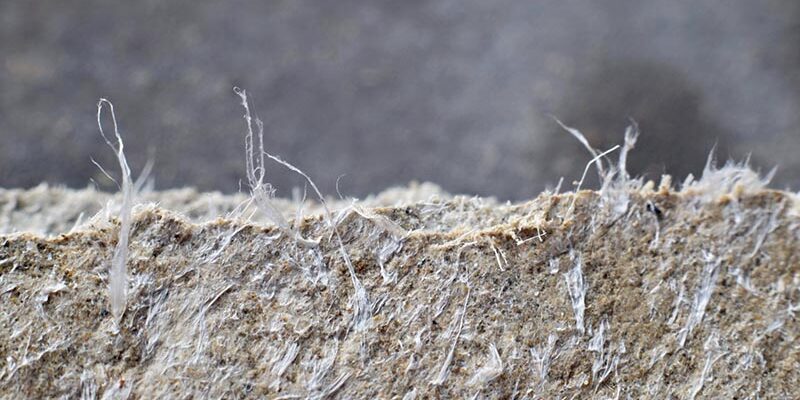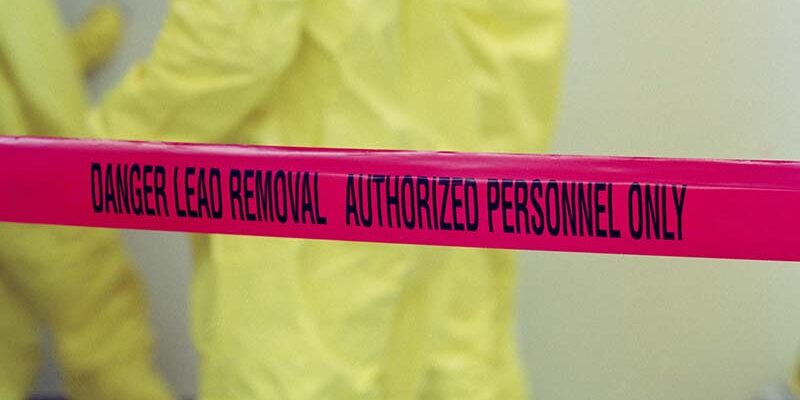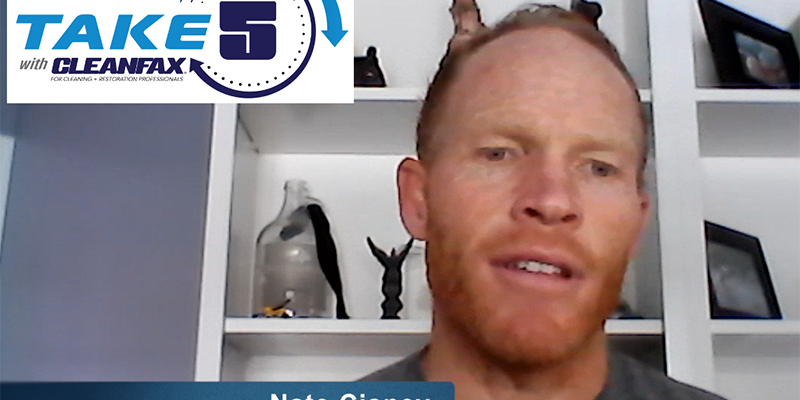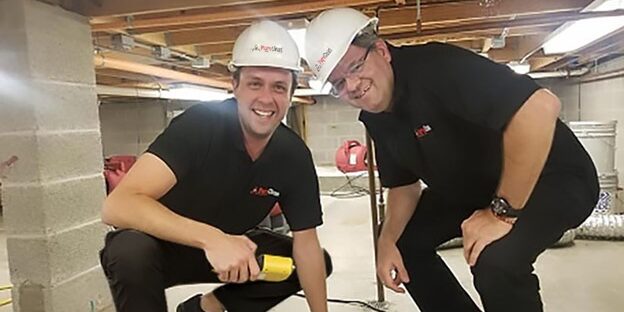Dead Mold, Allergies, and Remediation
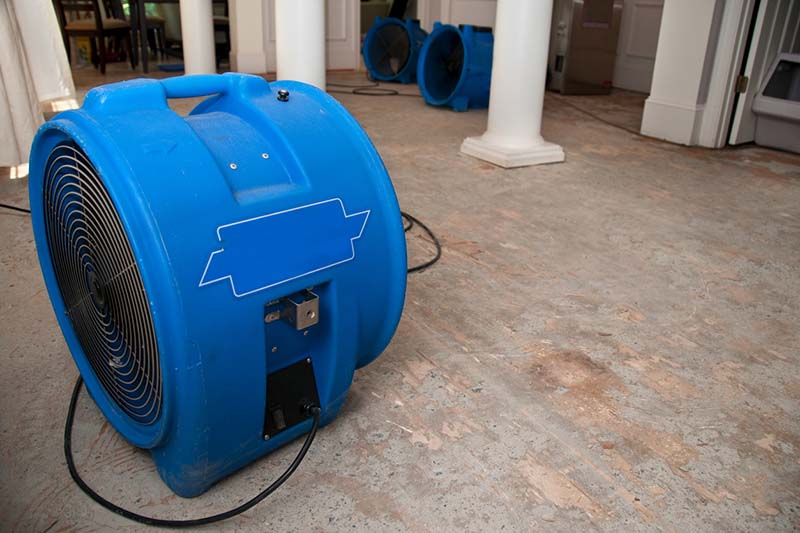
People often ask, “Will ‘dead mold’ hurt me?” This is a great question because there are some processes in the marketplace that make claims about killing mold “in place” and suggest that the resulting mold debris does not need to be removed. This is incorrect.
Most often, this position is taken by “mold” companies that utilize a style of fogging or airless spraying that delivers chemicals to the surface and claim to be able to access mold wherever it is and kill it, either under pressure or not. The assumption is made that once the mold is killed, it does not need to be removed. This process is cheaper and faster than traditional mold removal. Though cheaper and faster isn’t necessarily effective. In this case, it isn’t effective unless the process also includes removing the mold debris from the surfaces and air.
For many years, people have been tested by doctors for allergies and, through the testing process, find they are allergic to mold. The process is called “prick-testing,” and in it, a mold spore is injected just under the skin, and if the patient reacts to mold with a rash or itching, it is determined that he or she is sensitive to mold and probably has developed, or will develop, mold allergies.
The spore in allergy testing is a dead, not viable, mold spore. What that simply means is that people react to mold whether it is dead or alive. So, why would you want to leave dead mold in place?
The Industrial Hygiene Field Operations Manual (IHFOM) produced a mold-removal guideline document for the Navy, which says “killing mold is not sufficient because residual biomass can still elicit allergenic responses from sensitive individuals [and] mold must be removed.”*
The IICRC emphasizes that even dead mold remains toxigenic and allergic. Further, research has shown that the mycotoxins (mold poisons) produced by some molds are being produced on the surface of the spore and continue to move into the air even if the mold is non-viable (dead). Why would you want to leave the debris?
Mold, when dead, can also become a food source for other microbes. And, if it becomes aerosolized (suspended in air), it can become problematic for the person who is sensitive to molds. Most of the clients who seek information from the NORMI** website are already sensitive to environmental issues, so why would you leave a potential allergen in the environment? You wouldn’t.
NORMI believes the evidence is clear that any purported “solution” to kill mold in place is not a solution at all unless it also includes removal of the residual mold debris.
Doug Hoffman is the CEO of NORMI, theNational Organization of Remediators and Mold Inspectors. He can be reached via e-mail at[email protected].
*”Rules” for Response & Remediation, Chap. 13, Sect. 3 2e.(2)(c).
**NORMI, the National Organization of Remediators and Mold Inspectors, trains remediation professionals in the proper techniques and procedures needed to create a cleaner, healthier living environment by removing mold and other IAQ contaminants from the air and surfaces. By doing it right, the results are obvious.


